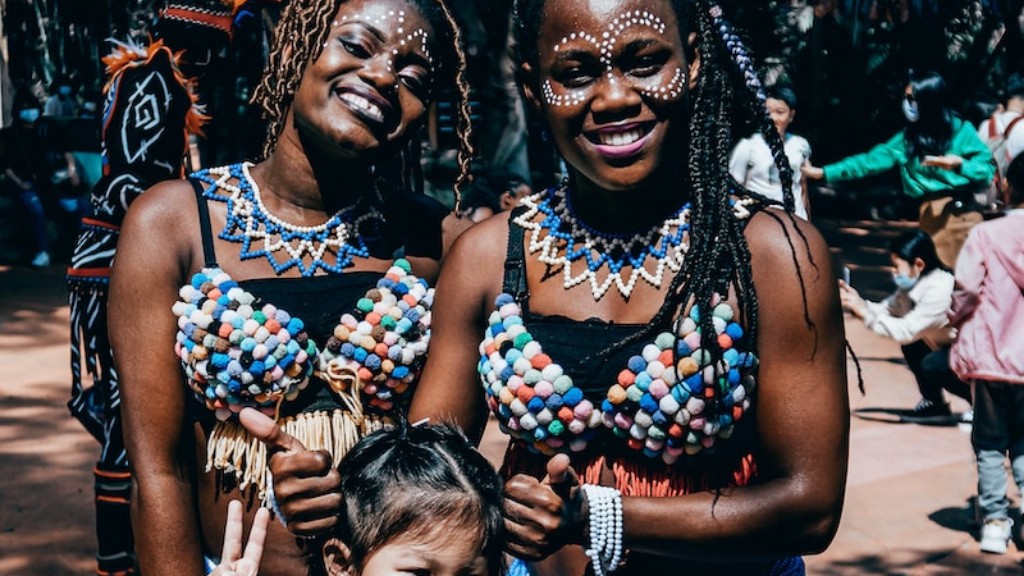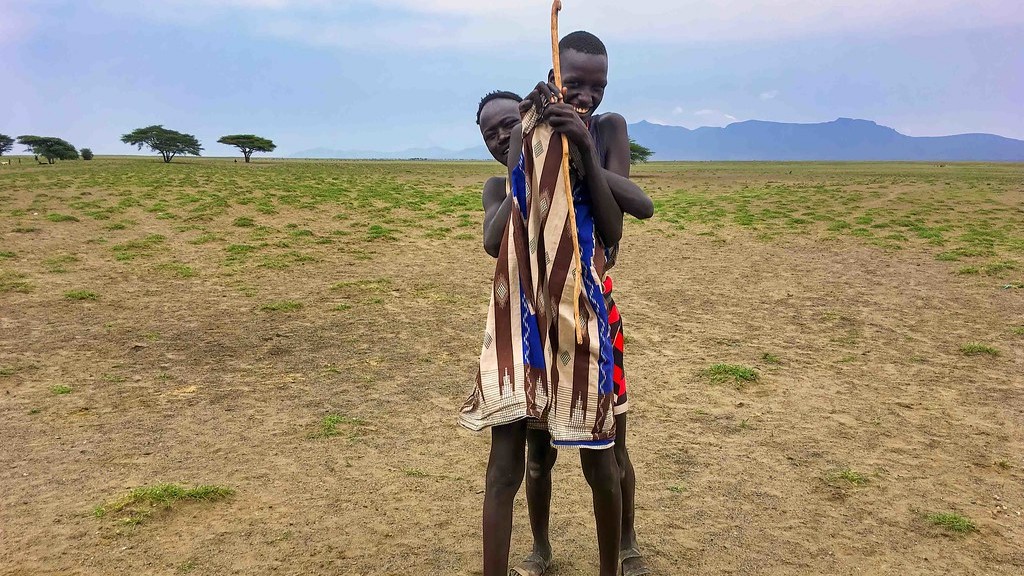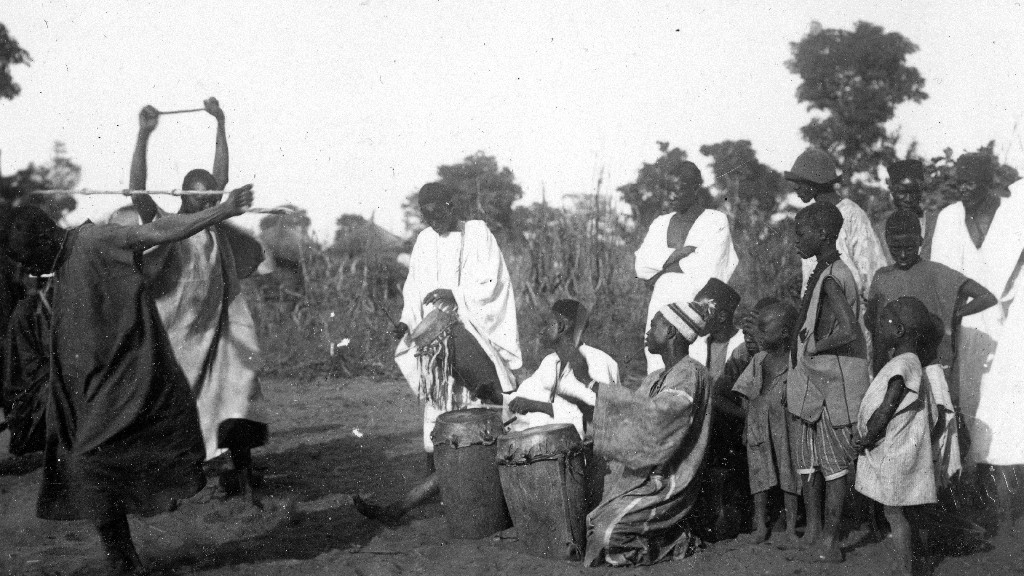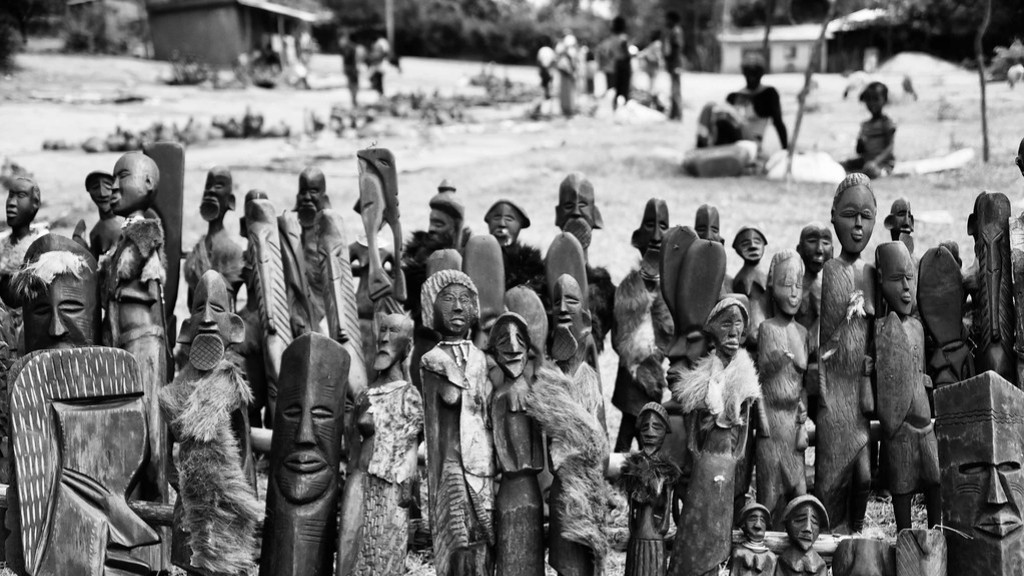Which African Tribe Prides Long Braided Hair
In Africa, numerous tribes have a rich cultural history of styling and braiding their hair. However, one specific tribe that stands out for their long braided hair is the Himba tribe from Namibia. The Himba people, with their unique tradition, value their hair as a symbol of their identity, history, and beauty.
The Himba tribe, numbering around 50,000 individuals, resides in the Kunene region of Namibia. Their traditional lifestyle is centered around their semi-nomadic herding practices and strong community bonds. Their braided hair plays a significant role in their cultural heritage and daily life, revealing much about their social status, age, and marital status.
The Himba women, known for their incredible braided hairstyles, spend hours each day maintaining and styling their hair. Young girls start to learn the art of braiding at a very early age, passing down the techniques and traditions from one generation to the next. The braids are created using a mix of goat hair, butter, and red ochre pigment to achieve their distinctive red color.
Professor Aisha Ndlovu, an expert in African tribal cultures, explains, “The Himba people believe that their hair is an extension of their soul. It is a way for them to connect with their ancestors and demonstrate their cultural pride.” The length of the braids signifies the woman’s age and maturity, while the style can indicate whether she is single, married, or a mother.
Through their braided hairstyles, the Himba women also express their creativity and individuality. Each style can represent various aspects of their lives, such as their wealth, social status, and personal tastes. Additionally, the braided hair serves as a form of protection against the harsh desert climate of Namibia, shielding their heads and necks from the scorching sun and sand.
Visiting the Himba tribe offers a unique opportunity to witness their extraordinary braided hairstyles firsthand. The intricate patterns and attention to detail are truly mesmerizing, capturing the essence of their culture and traditions. It is not just about the hair itself, but the stories and meanings woven into each braid that make it such a significant part of Himba life.
Historical Significance of Braided Hair in African Cultures
The practice of braiding hair is not unique to the Himba tribe but is prevalent across various African cultures. Historically, braided hairstyles held significant cultural and spiritual meanings. They symbolized social status, tribal affiliation, marital status, and even served as a form of communication between tribes.
For example, among the Maasai people of Kenya and Tanzania, the initiation into adulthood for boys involves shaving their heads and creating intricate braided patterns. These hairstyles help distinguish the Maasai warriors and mark their transition into manhood.
In West Africa, the Fulani women are known for their elaborate and intricate braided hairstyles. These hairstyles have cultural significance and reflect the woman’s social status, wealth, and availability for marriage. The elaborate styles often incorporate beads, shells, and other decorative elements.
The Influence of Braided Hair in Modern Culture
Braided hairstyles have also gained popularity and recognition in modern culture, transcending traditional African tribes. Celebrities, such as Beyoncé, Rihanna, and Lupita Nyong’o, have showcased various braided styles, contributing to the widespread appreciation and adoption of this cultural tradition.
Furthermore, the natural hair movement, embracing and celebrating natural African hair textures, has created a resurgence in interest and pride in braided hairstyles. Many individuals, regardless of their cultural background, now choose to wear braids as a fashion statement, a link to their heritage, or a way to express their individuality.
Cultural Preservation and Acceptance
While the Himba tribe and other African communities have influenced modern hairstyles, it is essential to respect and acknowledge the cultural significance behind these braided traditions. Appropriation or misrepresentation of these hairstyles can undermine the centuries-old cultural customs and perpetuate cultural insensitivity.
By promoting cultural education and awareness, societies can better appreciate and celebrate the diversity of African traditions. Embracing the beauty of braided hairstyles goes hand in hand with understanding their cultural context and history.



